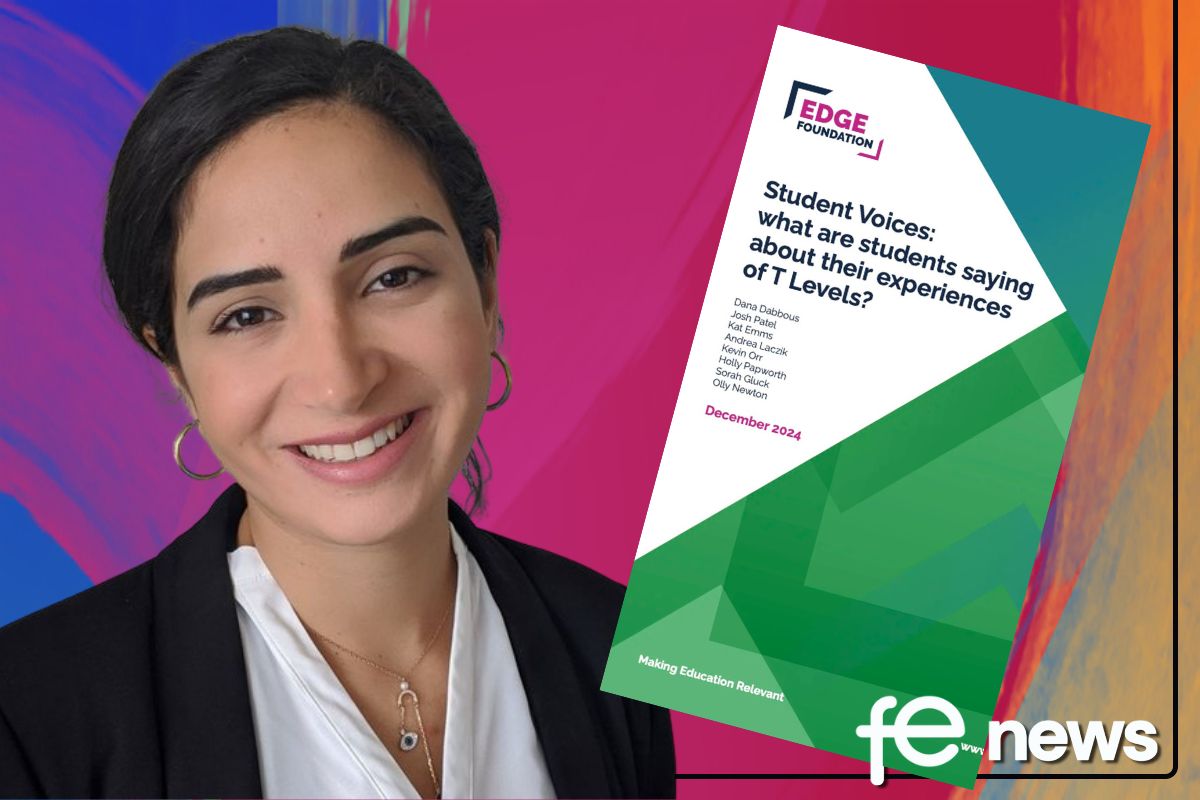Thinking Outside the Box: Integrating Connection to Build Student Diversity

How the AI-Driven Network Facilitates Equality and Diversity in Higher Education
The IT world of the higher education sector is uniquely complex. Universities and colleges must provide networks for both on- and offsite users, on university-owned and personal devices, on campus and at home. Beyond all this, they also must onboard a fresh wave of users onto the network every academic year. During 2020 this complexity was heightened as higher education establishments were forced to make stark operational changes overnight in response to COVID-19.
Now, many institutions are transitioning towards the adoption of a hybrid approach to education and research. This is expected to become the standard way of operating as the higher education sector finds its feet in the next normal and works to meet the developing demands of students and the faculty. And with students’ circumstances differing so greatly from student to student, it is now more important than ever to put meeting a diversity of needs at the top of the agenda.
Hybrid Learning for All: Addressing Technology Poverty
Blending traditional on-campus learning with virtual learning – from home, elsewhere on campus or in halls of residence – allows universities to adopt a hybrid approach. This also includes hybrid teaching, where academics, teachers and professors spend half their time on campus, delivering live and virtual classes, and the other half working in a virtual environment from a remote location. However, with this migration to the hybrid model comes the requirement for everyone involved in learning, teaching and research activities to benefit from a consistently excellent online experience. Therefore, problems of poor connectivity and technology must be overcome for the hybrid approach to work as effectively as possible.
Matching Equality of Experience with Institutional Values
A university’s student contract will include the institution’s commitment to equality, inclusivity, diversity and accessibility to ensure every student is given the same opportunity for success. This is delivered through ethos, good practice and appropriate design of the learning environment that it provides, whether physical or online.
Equal accessibility can be relatively straightforward to achieve when learning on campus, yet this changes dramatically when adopting the hybrid model. Any inequality within the virtualised experience can negatively impact teaching and learning, and technical poverty can severely impact students’ opportunities and ability to succeed.
Network insights from a platform with AI capabilities enable higher education institutions to pinpoint areas for support. This in turn helps to neutralise technical poverty and deliver equality across the virtual learning, teaching and research experience.
Connecting the Dots for Educational Equality
Video conference capabilities are vital for virtual learning environments (VLEs) to be accessible from anywhere. A fully connected and positive user experience is therefore essential for every student, staff member and visitor. Aware of this requirement, many higher education bodies have invested in systems of financial support for those they know to be suffering from technology poverty, helping them to purchase better hardware, for example. However, students or the faculty will not always ask for financial aid, and what’s more, it is not always monetary assistance that is required to make a difference.
When addressing technology poverty to ensure an equal experience for all, it is a huge advantage to be able to identify who needs help – and what support they need. AI capabilities on the network make this identification of need possible.
AI Has the Answers
Utilising AI on the network enables universities to identify individuals who require technology support and how they should be supported. This may entail providing expertise, mitigation and advice, or funding for a more suitable device.
AI capabilities enables IT teams to recognise when a user is having a problem and further pinpoint where that problem lies. By plugging an access point with AI functionalities, for example, into a home router, it’s possible to effectively extend the university network right into the home (or other location), identify when a student’s experience of the network is sub-optimal, and why this is happening.
Furthermore, an AI network assistant can monitor the network and proactively, automatically remediate to continually optimise the user experience. By automatically troubleshooting issues, the IT helpdesk’s workload is considerably reduced, and issues affecting multiple users can be correlated and resolved. For example, if a new software release leads to a high number of students having connectivity problems, the network assistant will either automatically correct the issue for all affected or share remediation instructions with them.
The outcome is effective hybrid learning, teaching and research supported by assured user experience that is aligned both on and off campus. The ability to extend an AI-enhanced network direct to remote users not only delivers enterprise-level connectivity, but also enterprise-level security to every end user, protecting confidential data, research and intellectual property. Moreover, colleges and universities can now identify if and where an assured and secure user experience is not being achieved and can contact those affected to offer help so they can obtain equal access to the virtual services being offered.
Accessibility First to Support Global Diversity
Unparalleled accessibility enables the provision of virtualised learning, teaching and research services to students, educators and academics who are unable to travel or who live in other countries. This represents a significant global opportunity for universities and colleges to engage with new and diverse markets.
A ‘plug and play’ approach to installing APs for a network includes automatic configuration, which makes deployment exceptionally easy; APs can even be delivered to an individual student so that all they need to do is plug it in, wherever they are in the world. On a wider scale, migration to this type of network is a straightforward exercise that doesn’t require thousands of expensive technical man-hours to be spent on repetitive configuration tasks.
Universities now have the opportunity to realign the norm and deploy technology to break down barriers and borders at every level. By utilising an intelligent network with AI capabilities, higher education institutions can extend their reach and influence across previously rigid geographical, financial and technological boundaries to show up for their students and faculty in the new experience-first era.
By Jamie Pitchforth, Head of Education Practice EMEA at Juniper Networks











Responses